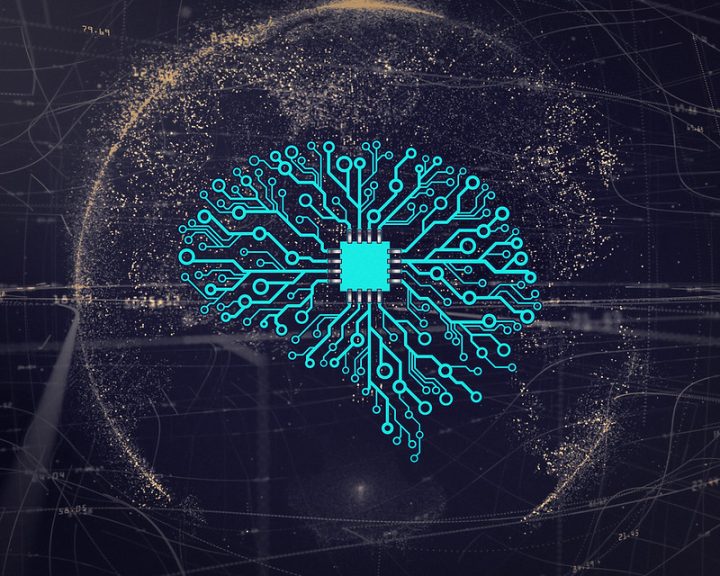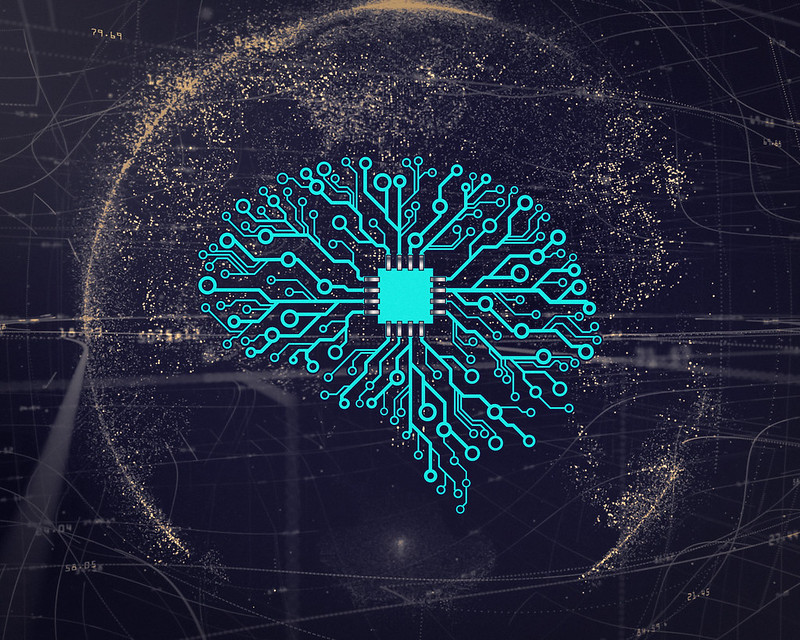
The present intrigue around AI and its potentially detrimental effects on the future

In 1984, pop culture staple The Terminator was released in theatres to what I would imagine was largely fanfare and positive reception premised on its interesting concepts of what the future may look like. The chiseled frame of Schwarzenegger enacting sweet violence against another sentient robot touches on a key concept in the movie: the involvement of an artificial intelligence (AI) system, Skynet, in creating a war-torn world of humans versus robots. Science fiction, sure, but its bleak prediction of the future left many, such as a young me, wondering whether the real world would be destined to recount the same fate as the poor humans of 2029.
I remember listening to Joe Rogan interview Elon Musk, as I fed into my curiosity of how one of the most influential people would tackle the mass hysteria that AI could generate. What I recall is a surprising amount of candidness from Musk where he solemnly advises others to slow down the progress of AI and gimp it to be used as a tool, rather than a replacement, for humans. While the sentiment is appreciated, statements such as that ignore the reality that AI learns and improves to the point where its development can be quicker than the countervailing force to stop it. In 2020, when the interview took place, it may have been the case that AI’s growth could have been halted and reexamined in its usefulness to humans. However, in 2023, it seems less likely, with the massive growth AI has gone through, that it would be possible to revert it without fully pulling the plug.
AI, in and of itself, is nothing new. It has been around for decades since the advent of computer technology. As I type this, Microsoft Word’s AI is checking my sentences and considering what changes I should be making, beyond simple spelling errors. For example, Word will recommend a change based on wordiness and redundancy, or it may recommend a change based on grammatical conventions. Either way, the AI must go through the process of learning my style of writing and the normal sentence conventions to determine what changes I should make. Most of the time, it is hard to even be aware that AI has such a vice-grip on everyday life because things do not come packaged as “AI” and “non-AI,” but rest assured we use it for more than we may expect. In its routine usage, it is an invaluable tool that helps us more than it hinders, and drastically increases usability. The problem, however, is that routine becomes stale. Routine means algorithms, patterns, and discrepancies, yet we yearn for so much more. Through this, we give rise to exploratory uses of tried-and-true tools.
The recent explosion of intrigue around ChatGPT, deepfake technology, and AI art has been the burgeoning of that exploratory use of AI. For those unfamiliar, ChatGPT is an AI that responds to prompts by the user with conversational points. It gets its dialogue options firstly from the available knowledge in its database, and secondly, more importantly, from the conversations users have within the system. Deepfake technology is basically taking an existing piece of media and transplanting it on another one in a way that integrates the media naturally. This largely includes videos, but the rise of deepfake audio where voices of popular figures are used to read off user-entered prompts has shifted the usability of this technology. Otherwise, AI art has also seen a boom in popularity, with users entering prompts and the AI creating illustrations following those prompts. The commonality between all these pieces of technology is the two-fold interaction between AI and the user: the user enters what they wish for the AI to do, and the AI does it, but the AI then takes that final product and learns from it. Perhaps the generated illustration was blurry in some parts, or perhaps the deepfake video suffered from unnatural lip syncing. Regardless, the AI goes back to the drawing board and metaphorically reads its favourite self-help book to come out better next time. This is where there is some cause for concern.
Current AI technologies have not been without their fair share of controversy. The most obvious controversy comes from deepfake technology, where defamation of popular figures was the result of convincing deepfakes that presented said figures in a less than flattering light. For the general population, however, the danger lies in the replaceability of humans. AI art can stand against the work of human artists, but it is unclear whether they can fully replace humans or if society is going to willingly differentiate between AI and human art, favoring the human variant more. Comparatively, programs such as ChatGPT pose a real threat to professions that provide a service. For example, customer service can be completely replaced by AI if it becomes intelligent enough to deal with the variety of complaints and queries people may have, which inevitably it will. That is not the stage it is at now, but I caution against thinking that AI will simply remain a gimmick or just a fun tool to explore, because its capabilities extend far beyond its surface level actions.
My concern is with how much intrigue there is around using these AI programs such as ChatGPT. Buying into the gimmick and wondering what all the buzz is around these programs feeds into the loop of user input creating AI learning. On its face, this seems harmless and even beneficial, as the programs get more capable and adapt to user commands, making it easier to use. Yet with each growth in the program, the reality of AI replacing key human functions becomes more real. I am not at the stage of full blown panic where I smash my electronics and cry out for mercy from sentient AI overlords, but there is a tangible concern for the place that AI may have in our future. Replacing jobs is one thing, but taking over parts of the human experience is another. Imagine a world where AI has mastered mannerisms and human speech so well that it is equivalent to a real person. The more you commit to your relationship with the AI, the more it begins to replace human interaction, as you have invested all this time into forming a bond with an AI and would rather not go through that process again. It can be a scary thought to imagine the very real possibility that AI will be as good at human interaction as humans one day.
Though a part of me is pessimistic regarding the future and AI’s place in it, another part of me recognizes that it is the natural evolution as foretold. I myself do not buy into any of the recent trends using AI, such as ChatGPT, because I feel as though it adds nothing to my life if I use it. However, there are hundreds of thousands of people using it on the regular, which outweighs my lack of use by feeding the AI an infinite amount of information. As such, I understand that it will keep growing, whether or not I disapprove of it. That being said, I hope that it does halt its momentum and that people become more cautious with how they employ it, as the possibility of changing the dynamics of society is great. Maybe buy less into sensationalism and trends and think more critically about the final outcome of whatever it is you use. AI has the power to assist us in more ways than we can ever imagine, but it can also be a cruel enemy. Here’s to a future of harmony.

